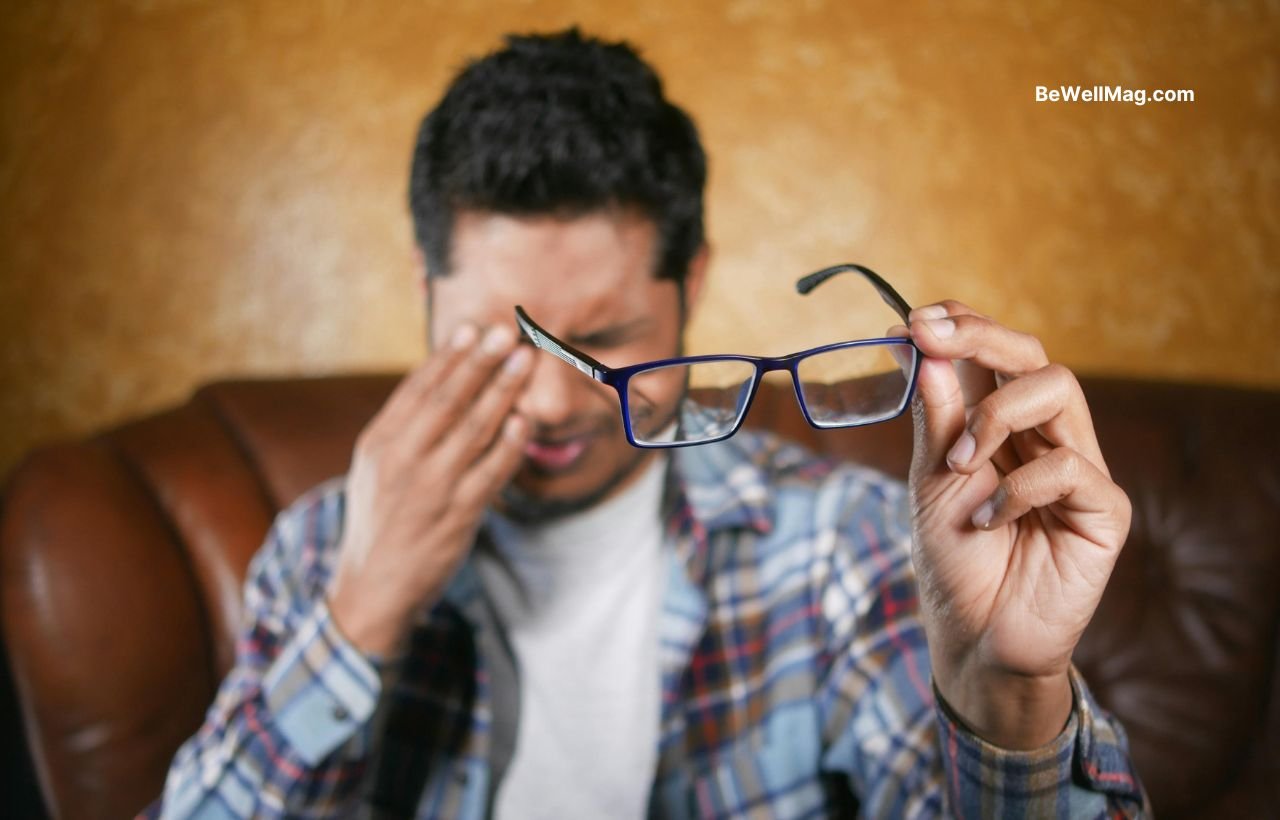Now Reading: Don’t Risk Your Sight: 10 Warning Signs of Eye Diseases Everyone Must Know
- 01
Don’t Risk Your Sight: 10 Warning Signs of Eye Diseases Everyone Must Know

Don’t Risk Your Sight: 10 Warning Signs of Eye Diseases Everyone Must Know
10 warning signs of eye diseases explained with expert insights and actionable tips. Understand key symptoms and follow essential steps to safeguard your vision
Table of Contents
In today’s fast-paced world, our eyes are constantly at work—from long hours in front of computer screens to navigating busy streets—which contributes to a staggering global impact on vision. According to the World Health Organization (WHO), over 2.2 billion people experience some form of vision impairment, affecting both near and distance vision.
Alarmingly, nearly half of these cases are preventable or still await proper diagnosis and treatment by a healthcare professional. Recognizing early warning signs—like persistent floaters, blurry vision, or subtle changes in sight—can make all the difference in maintaining clear, vibrant vision and preventing irreversible damage.
Understanding 10 Warning Signs of Eye Diseases
1. Blurred or Double Vision
What It Means: Blurred vision may indicate simple refractive errors like nearsightedness, farsightedness, or astigmatism, but it can also be a sign of serious conditions such as cataracts, glaucoma, diabetic retinopathy, or macular degeneration. Double vision might signal neurological issues, corneal irregularities, or even complications from a stroke.
What to Watch For: Watch for consistent blurriness, overlapping or doubled images, or fluctuations in clarity throughout the day.
Action to Take: Schedule an eye exam immediately to pinpoint the cause and prevent potential long-term damage.
2. Eye Pain or Discomfort
What It Means: Persistent or sharp eye pain can result from dry eye syndrome, infections, corneal abrasions, or glaucoma. Pain behind the eye might suggest optic neuritis or increased intracranial pressure.
What to Watch For: Be attentive to sharp, stabbing pain, lasting discomfort, or any redness and swelling around the eye.
Action to Take: If your symptoms persist or worsen, consult an ophthalmologist promptly to secure a proper diagnosis and treatment plan.
3. Flashing Lights or Floaters
What It Means: While occasional floaters are normal with age, a sudden increase in floaters or the appearance of bright flashes can signal serious issues such as retinal tears or detachment. Migraines may also cause temporary visual disturbances.
What to Watch For: Monitor for a noticeable surge in floaters, bright flashes in your peripheral vision, or the appearance of shadows and curtain-like effects.
Action to Take: Seek urgent ophthalmologic evaluation to rule out retinal detachment and other complications that could lead to permanent vision loss.
4. Sensitivity to Light (Photophobia)
What It Means: Extreme sensitivity to light can be linked to cataracts, corneal abrasions, migraines, or retinal disorders. It may also indicate inflammation inside the eye (uveitis).
What to Watch For: Discomfort in bright environments, squinting or tearing in sunlight, and pain when exposed to artificial light are key signs.
Action to Take: Wear UV-protective sunglasses and consult an eye specialist if the sensitivity continues.
5. Excessive Tearing or Dryness
What It Means: Excessive tearing might be due to allergies, infections, or blocked tear ducts, while chronic dryness can be associated with Sjogren’s syndrome, meibomian gland dysfunction, or prolonged screen exposure.
What to Watch For: Look out for unexplained, constant tearing or a burning, gritty sensation accompanied by persistent redness or irritation.
Action to Take: Begin with preservative-free artificial tears; if symptoms persist, make an appointment with your eye doctor for a full evaluation.
6. Squinting or Frequent Eye Rubbing
What It Means: Habitual squinting is often a response to refractive errors such as myopia or astigmatism, while frequent eye rubbing may indicate eye strain, chronic dryness, or allergies.
What to Watch For: Notice if you find yourself regularly squinting when reading or driving, or if you frequently rub your eyes—especially if this is accompanied by headaches or redness.
Action to Take: Schedule an eye exam to determine if corrective lenses or additional treatment is needed to alleviate your symptoms.
7. Difficulty Seeing in Low Light
What It Means: Struggling to see in dim environments can result from retinal issues, insufficient vitamin A, or optic nerve disorders that affect your eye’s ability to adapt to low light.
What to Watch For: Be alert to difficulty transitioning from bright to dark settings, markedly poor night vision, or increased sensitivity to glare.
Action to Take: Increase your intake of vitamin A–rich foods and consult an ophthalmologist for a comprehensive retinal evaluation.
8. Loss of Peripheral Vision
What It Means: A gradual narrowing of your field of vision, often described as tunnel vision, can be a serious indicator of glaucoma—a condition that, if untreated, could lead to irreversible blindness.
What to Watch For: Watch for problems noticing objects at the edges of your view, inadvertent bumping into obstacles, or a visible loss in your overall field of vision.
Action to Take: Get a glaucoma screening as soon as possible; early detection is vital to managing and treating the condition effectively.
9. Sudden Vision Loss
What It Means: An abrupt decrease in vision, whether partial or complete, may indicate an emergency situation, such as retinal artery occlusion, stroke-related damage, or severe optic nerve disorders.
What to Watch For: Note any sudden darkness in your visual field or a drastic drop in clarity without accompanying pain, as this is a red flag.
Action to Take: Seek emergency medical care immediately to address the potential underlying, life-threatening causes and to preserve your vision.
10. Frequent Headaches with Visual Disturbances
What It Means: When headaches come alongside visual disturbances, it may be due to ocular migraines, refractive errors, or issues with intracranial pressure—underscoring the need to consider both ocular and neurological health.
What to Watch For: Pay attention if headaches occur with flashing lights, aura, or zigzag patterns, especially triggered by extended screen time or bright environments.
Action to Take: Consult both an eye doctor and a neurologist for a comprehensive evaluation to rule out any serious underlying conditions.
Conclusion & Call-to-Action
Your vision is too precious to ignore. If you notice any of these warning signs, take immediate action—schedule an eye exam, monitor your symptoms closely, and seek expert advice at the first sign of trouble. Early detection is key to safeguarding your sight and ensuring a better quality of life.











